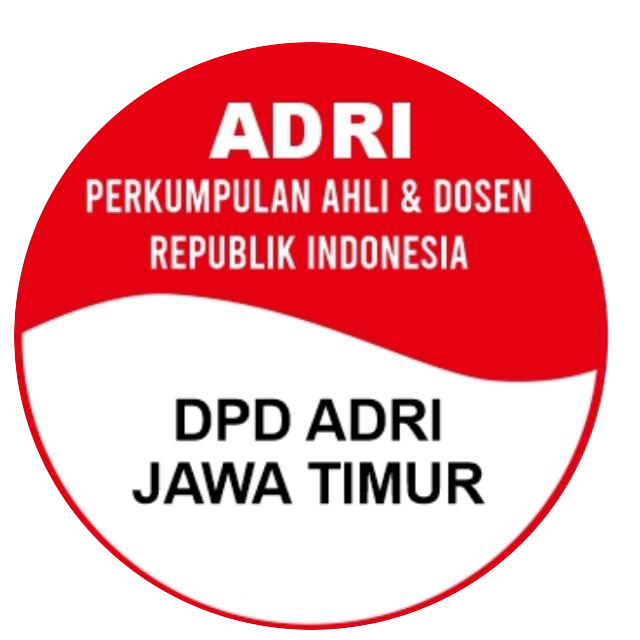Formulation For Resolution of Partial Or Complete Overlapping of Mining Business Permit Areas
DOI:
https://doi.org/10.55173/yurisdiksi.v21i3.316Keywords:
Minerals and Coal; Overlapping WIUP; Mining Business Permits; Legal Certainty; Natural Resource Governance; Law Number 2 of 2025Abstract
Mineral and coal mining plays a strategic role in national development because it contributes to economic growth, energy security, and increased state revenue. However, this sector still faces serious problems in the form of overlapping Mining Business Permit Areas (WIUP), which give rise to legal uncertainty, conflicts of interest, and inefficient natural resource governance. Overlapping permits arise from a weak licensing administration system, regulatory disharmony, and a lack of coordination between central and regional government agencies. This situation has implications for disrupting the investment climate, declining business confidence, and reducing state revenue from the mining sector. As a normative response, Law Number 2 of 2025, specifically Article 171B, regulates the authority of the Central Government to evaluate and revoke Mining Business Permits (IUP) that experience overlap in part or all of their areas. This policy is a strategic step to reorganize licensing and ensure legal certainty in accordance with the mandate of Article 33 of the 1945 Constitution. However, its implementation faces challenges in the form of limited integrated spatial data, a weak national mining information system, and the absence of a standard mechanism for resolving overlapping permit disputes. This study uses a normative juridical method with a statutory, conceptual, and case approach to analyze the urgency and formulation of regulations for resolving overlapping WIUPs. The results of the study indicate that derivative regulations are needed in the form of comprehensive, systematic, and applicable Government Regulations to regulate the evaluation, revocation, and dispute resolution mechanisms in a transparent manner. Thus, clear and integrated regulations are not only able to create legal certainty and justice, but also ensure the utilization of mineral and coal resources for the greatest prosperity of the people.
References
Ali, A. (2002). Menguak Tabir Hukum (Suatu Kajian Filosofis dan Sosiologis). PT Toko Gunung Agung.
Arba. (2018). Hukum Agraria Indonesia. Sinar Grafika.
Ali, Z. (2022). Metode Penelitian Hukum. Sinar Grafika.
Barhamudin. (2019). Penyalahgunaan Kewenangan Pejabat Pemerintah dan Ruang Lingkupnya Menurut Undang-Undang Administrasi Pemerintahan, 17(2), 182–183.
Dewi, P. M., & Hasan, A. (2020). Evaluasi Teknis dan Ekonomi dalam Penetapan Wilayah IUP: Studi di Provinsi Kalimantan Timur. Jurnal Energi dan Sumber Daya Minerba, 11(2), 134–150.
Ibrahim, J. (2006). Teori dan Metodologi Penelitian Hukum Normatif. Bayu Media.
Soerodjo, I. (2021). Hukum Pertanahan: Hak Pengelolaan Atas Tanah (HPL) Eksistensi, Pengaturan, dan Praktik. Laksbang Mediatama.
Soekanto, S. (2005). Sosiologi Suatu Pengantar. Raja Grafindo Persada.
Sulaiman, K. F. (2017). Teori Peraturan Perundang-undangan dan Aspek Pengujiannya. Thafa Media.
Downloads
Published
Issue
Section
License
Copyright (c) 2025 Meylin Sihaloho, Indah Dwi Qurbani, Venny Indria

This work is licensed under a Creative Commons Attribution-ShareAlike 4.0 International License.












